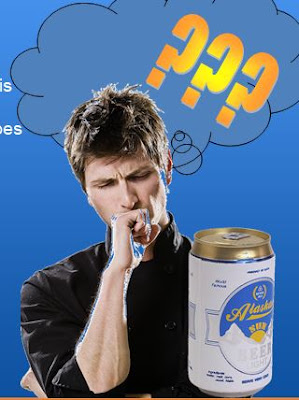The Department of Transportation (DOT) requires businesses
in the transportation industry to ensure that personnel authorized to supervise
drivers undergo training on alcohol misuse and controlled substances use. The
training covers all factors which may indicate possible substance abuse, i.e.,
physical, behavioral, speech, and performance factors. Why so?
Substance abuse is a worldwide phenomenon that costs lives.
In American society, drug addiction and
abuse cost the U.S. “$740 billion
annually in lost workplace productivity, healthcare expenses, and crime-related
costs,” according to the National Institute on Drug Abuse's (NIDA) 2017 “Trend
& Statistics” report.
The problem is complex and requires a multi-pronged approach
to be resolved and prevented. This is why industry-specific programs such as
the DOT Supervisor Compliance Training Online course, exist.
For employers, nipping the incidence of substance abuse in
the bud is essential. Companies bear the brunt of the financial costs of
workplace substance abuse in the form of:
•
Safety risks
•
Healthcare costs
•
Low productivity
•
Absenteeism
•
Compensation and disability claims
In the transportation industry, human resources managers and
training experts can benefit immensely from DOT supervisor compliance training
online. Aside from it being a compliance requirement, it hones the trainee's
skills for identifying possible substance abuse among drivers and recommending
the appropriate course of action.
How to stop it from happening
In your unique role as HR manager or training expert,
the DOT Supervisor Compliance Training Online program is a valuable
resource for addressing the issue of substance abuse among drivers.
To guide you in your objectives of resolving and preventing
the recurrence of substance abuse, here’s a list of essential elements to stop
it from happening:
1. Know what signs to look out for
There are several symptoms abusers are known to exhibit at
work. The following are the most common possible signs:
•
Unexplained change in attendance and job
performance
•
Drastic personality changes such as anxiety and
mood swings
•
Frequent and prolonged bathroom use
•
Sudden lack of responsibility, and difficulty
performing ordinary tasks
•
Deteriorating workplace relations
2. HR intervention and
corrective action
Substance abuse is a sensitive matter and must be handled
with compassion and professionalism. If you have a reasonable basis for
engaging in intervention or recommending a course of action (e.g., a drug
test), it must be communicated diplomatically.
You must ensure you get to the heart of the matter, or the
reason why substance abuse has become a problem. This way, you can recommend
further steps to ensure the problem is resolved with no risk of recurrence.
3. Employee education
Over and above HR intervention, prevention is key.
You can discuss the effects of substance abuse with
personnel, especially drivers. Focus on how it can threaten their relationships
at work, their job security, the company itself, their co-workers, and their
families. Talk about the risks irresponsible driving poses to civilians on the
road, to property, and the drivers themselves.
Coupled with company support, developing awareness among
employees will go a long way in preventing substance abuse in and out of the
workplace.
4. Family and social support
Any substance abuse program will have limited impact without
the active participation of family members and the required community support.
In individual cases, you will need to reach out to the
concerned driver’s family, explain the situation, and get their support. To
involve the community at large, you can spearhead information drives to assist
and complement company-sponsored substance abuse programs. You can also partner
with local government units in furthering the same.
For more information on the DOT Supervisor ComplianceTraining Online course and more specific ways to manage substance abuse among
drivers, get in touch with us today.

No comments:
Post a Comment